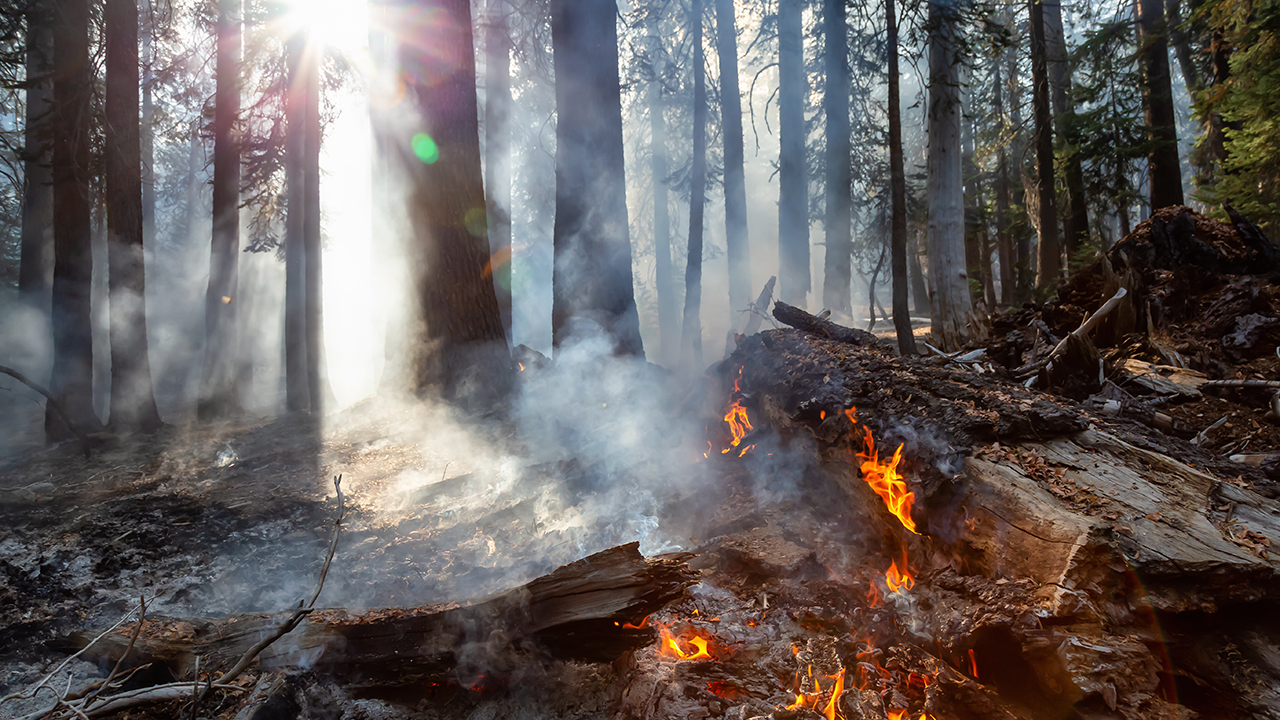
Discover how fire triggers seed germination in fire-prone ecosystems, ensuring plant regeneration through heat, smoke, and nutrient-rich ash.
Fire plays a vital role in the germination process of certain plant species, particularly those in fire-prone ecosystems such as savannas, grasslands, and Mediterranean climates.
These plants have evolved to rely on the intense heat, smoke, or chemical changes triggered by fire to break seed dormancy, ensuring their regeneration in the aftermath of a fire event.
For example, some seeds have hard outer coats that are impermeable to water and air, preventing germination until they are exposed to high temperatures or physical damage from fire.
The heat cracks or softens the seed coat, allowing moisture and oxygen to enter, which are essential for the germination process.
In addition to heat, the chemicals released in smoke also play a crucial role in stimulating seed germination for certain species.
Compounds found in smoke, such as karrikins, can signal seeds to germinate, particularly after the fire has cleared competing vegetation and enriched the soil with nutrients from ash.
This adaptation ensures that these plants can take full advantage of the open, nutrient-rich environment created by the fire, giving them a competitive edge in establishing themselves.
This intricate relationship between fire and seed germination highlights the resilience and adaptability of plants in fire-dependent ecosystems, emphasizing the importance of fire as a natural ecological process.
Discover Beautiful Flowers, Expert Gardening Tips & Interesting Plant Science!
By submitting this form, you are consenting to receive marketing emails from: . You can revoke your consent to receive emails at any time by using the SafeUnsubscribe® link, found at the bottom of every email. Emails are serviced by Constant Contact

About The Author
John Bagnasco has been in the gardening industry for over 50 years, starting with a horticulture degree from Michigan State University and following a stint at Frank’s Nursery and Crafts in Detroit.
After publishing his first book “Plants for the Home Vol. I” in 1976, he moved to California to become regional manager and buyer for the Nurseryland division of Sunbelt Nursery Group.
He then became the head buyer for Armstrong Garden Centers based in Glendora, California. John had a part-time affiliation with Creative Promotions for ten years before joining them full-time in October 2000 as a senior editor and radio personality for Garden Compass.
John has also taught horticulture classes at Palomar College and San Diego State University.
He is the host of the DVD “The Essential Guide to Roses,” which also features Bryan Main and Bruce and Sharon Asakawa.
His most recent book is “Planting Designs for Cacti and Succulents”.
Currently, John is a co-host on “Garden America,” an interactive live gardening show that additionally provides podcasts of the broadcasts accessible on all major platforms.
You can contact John here.
